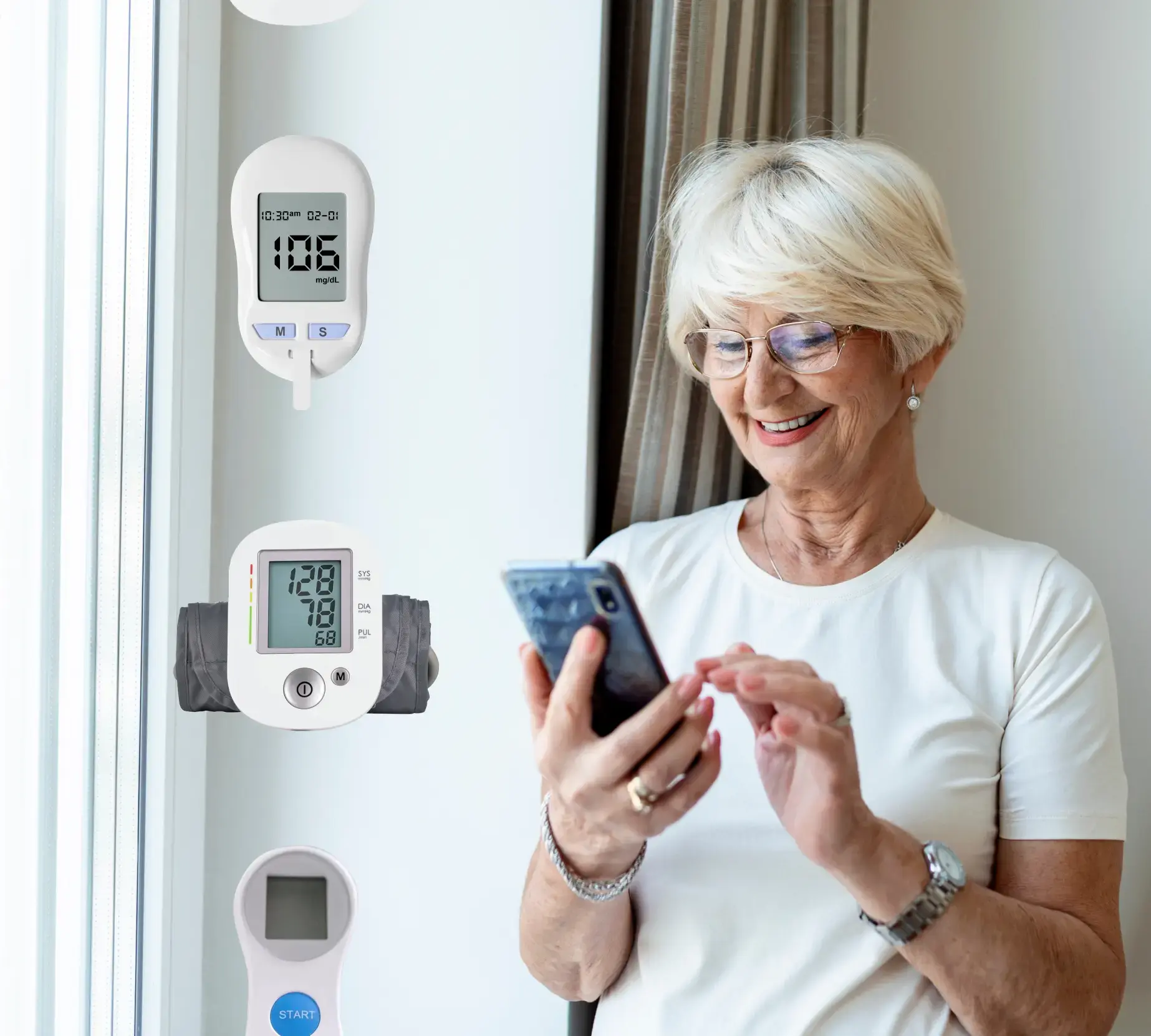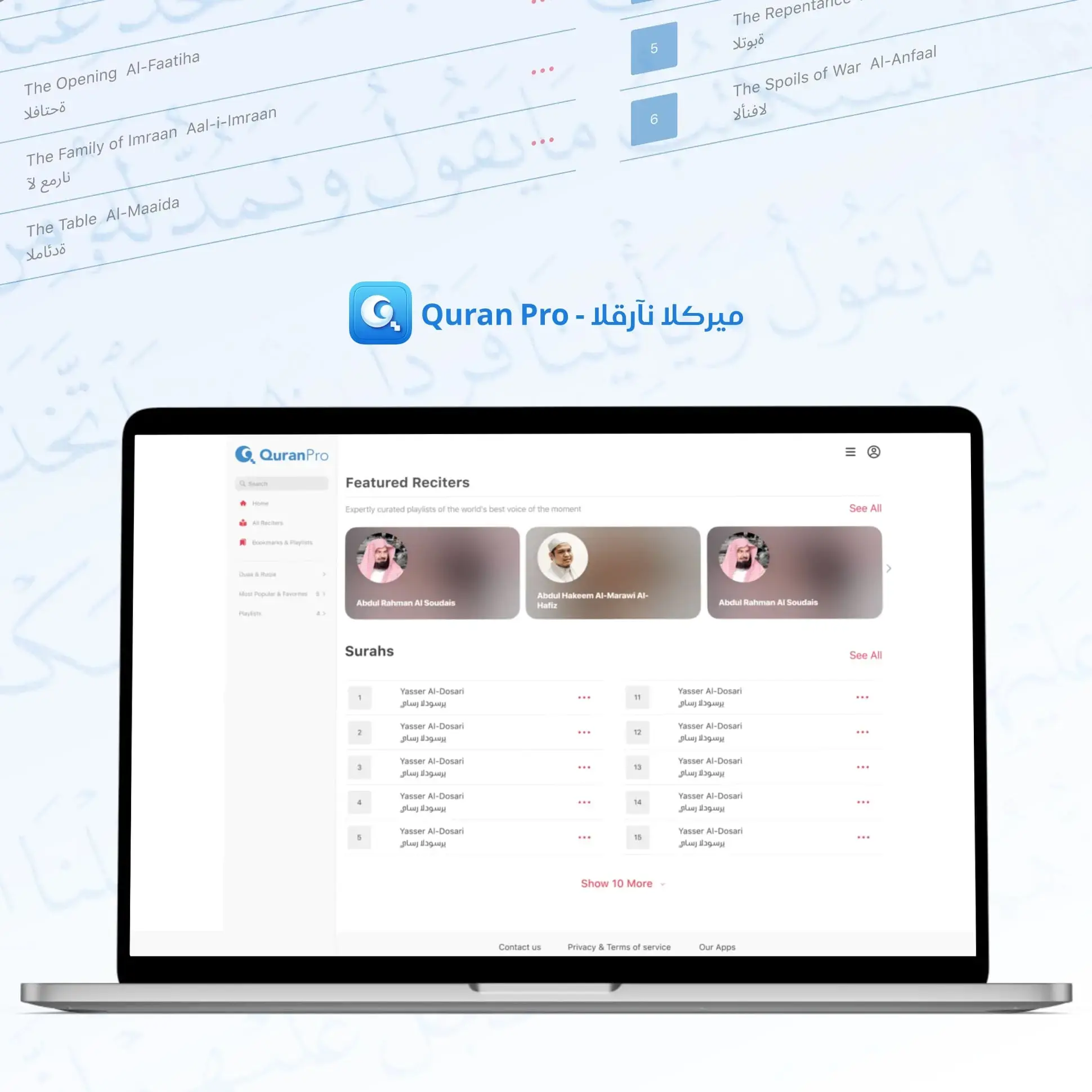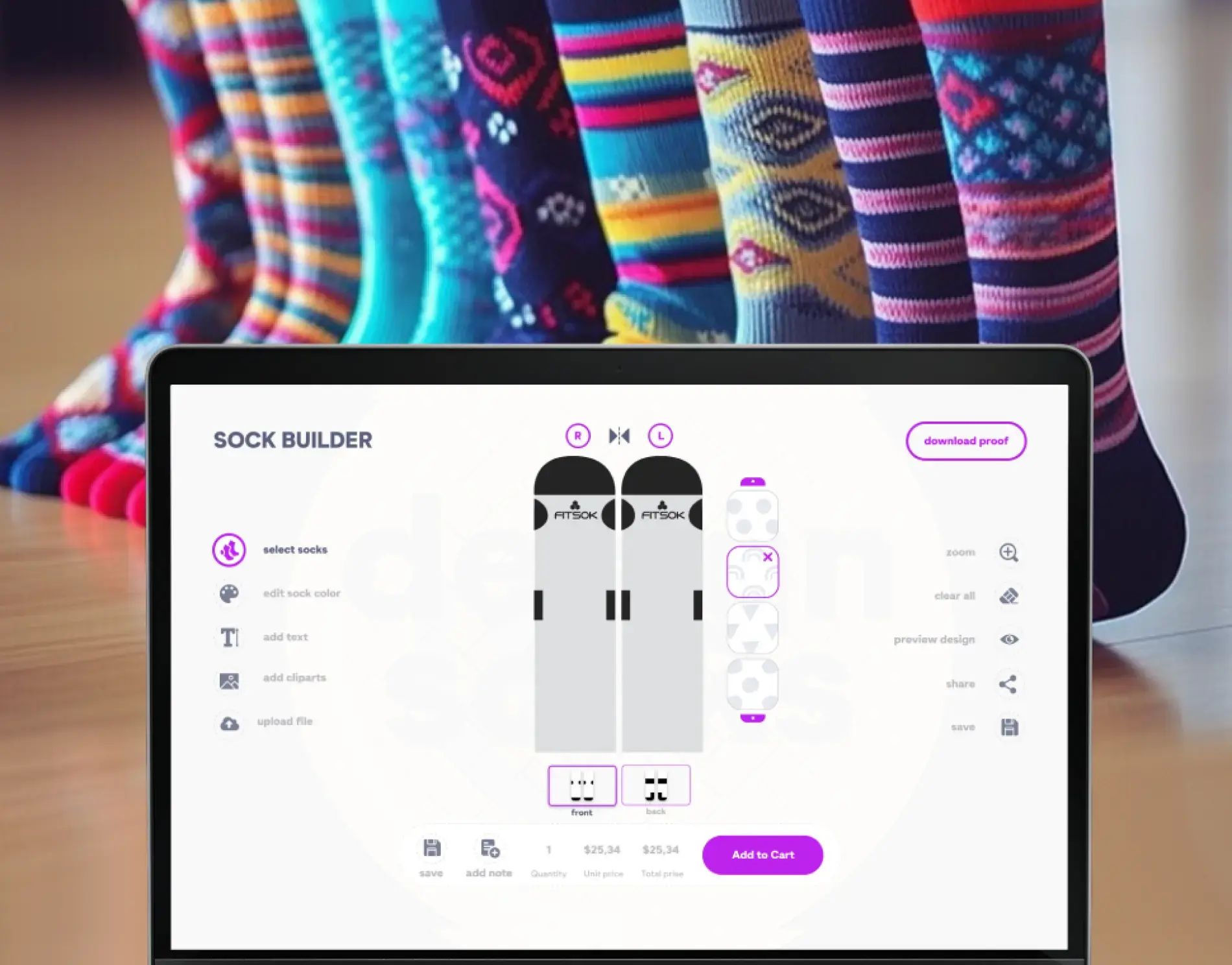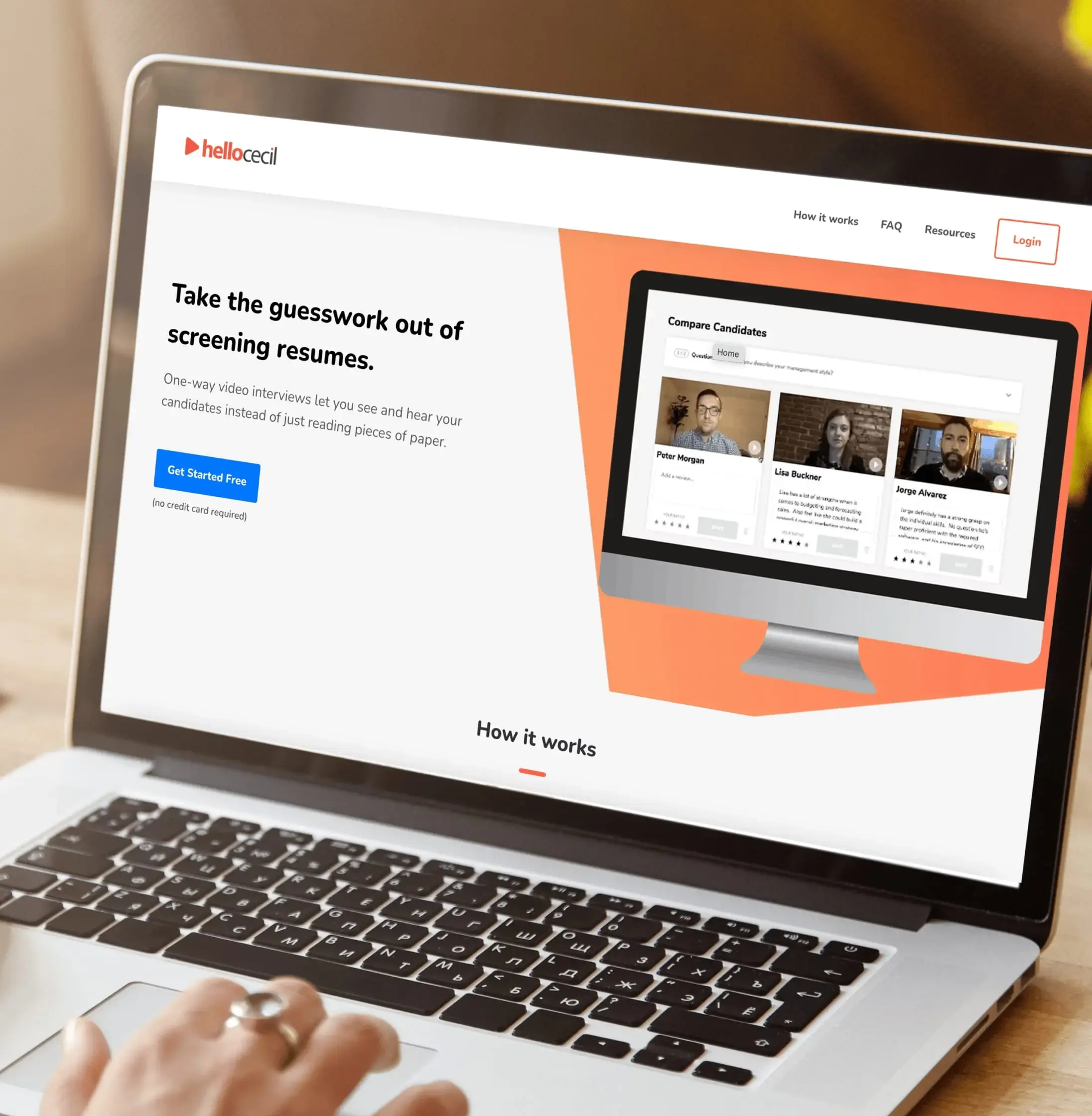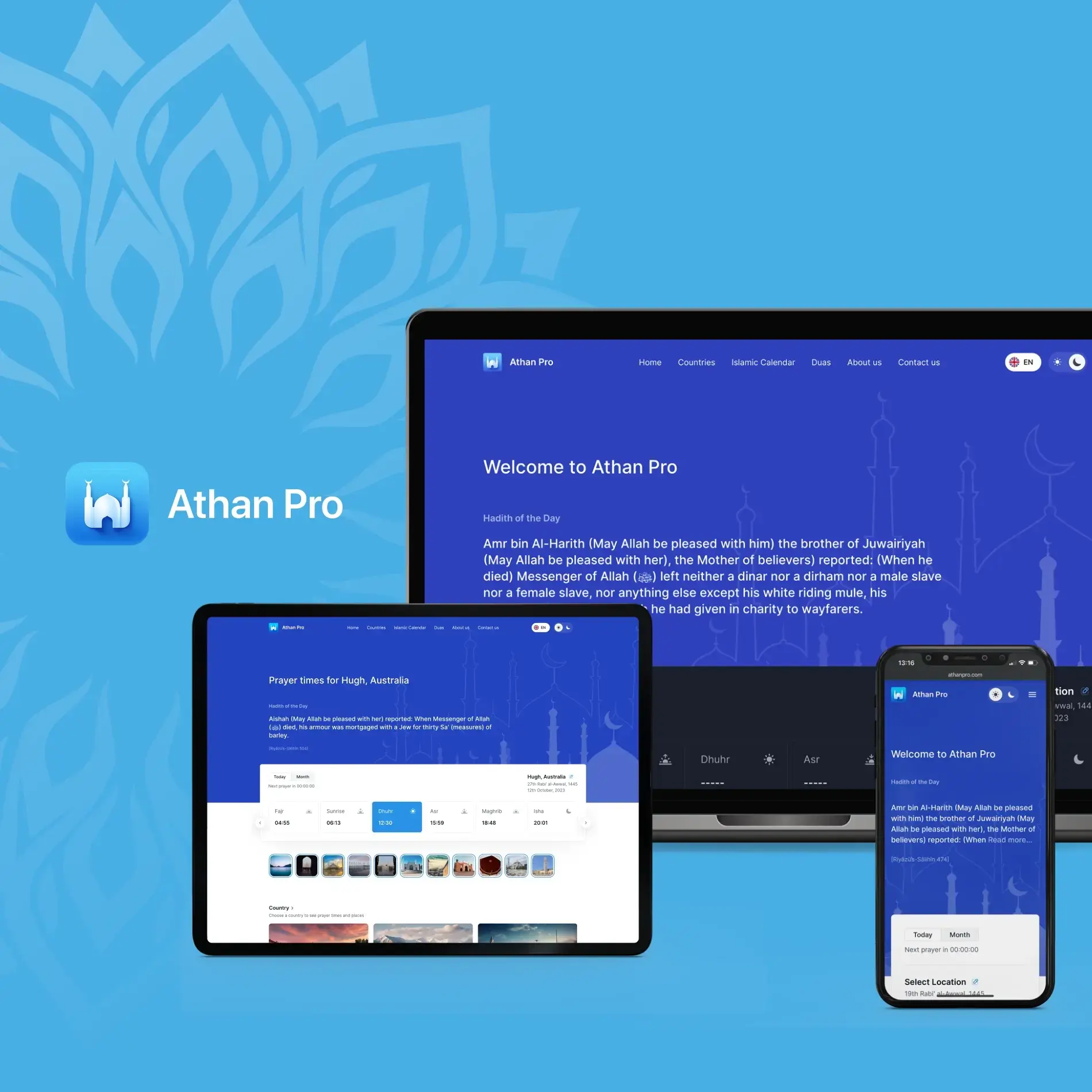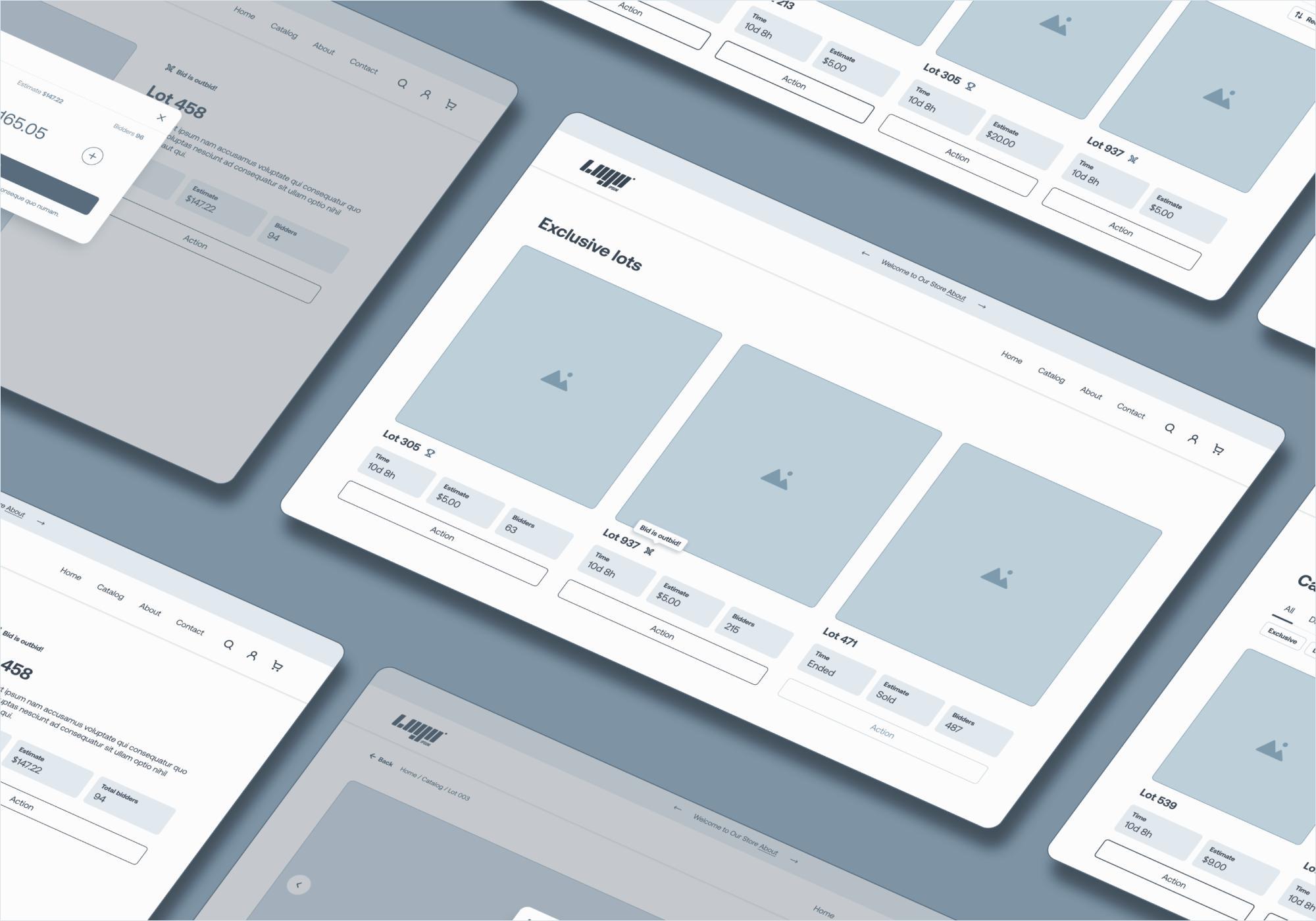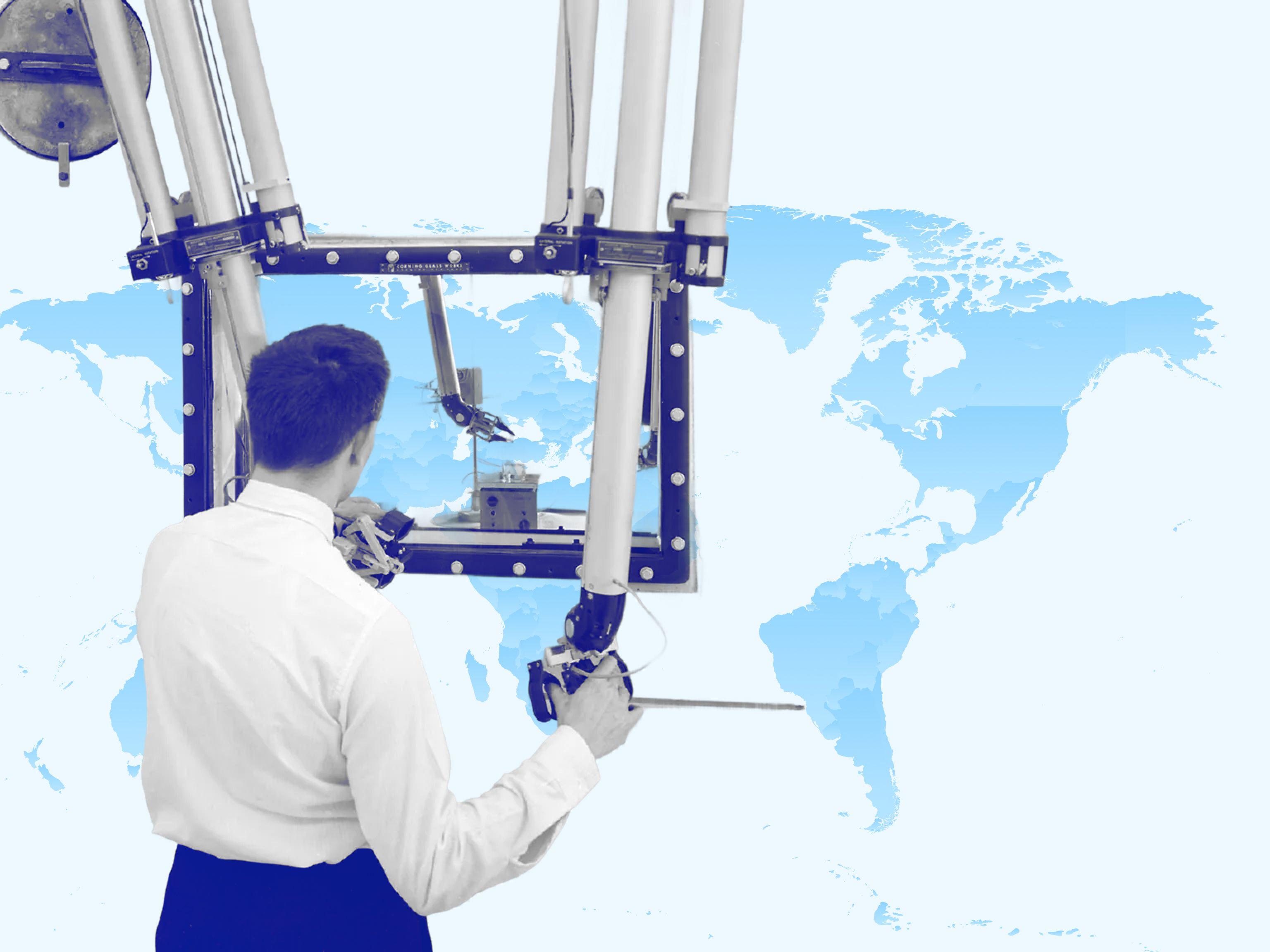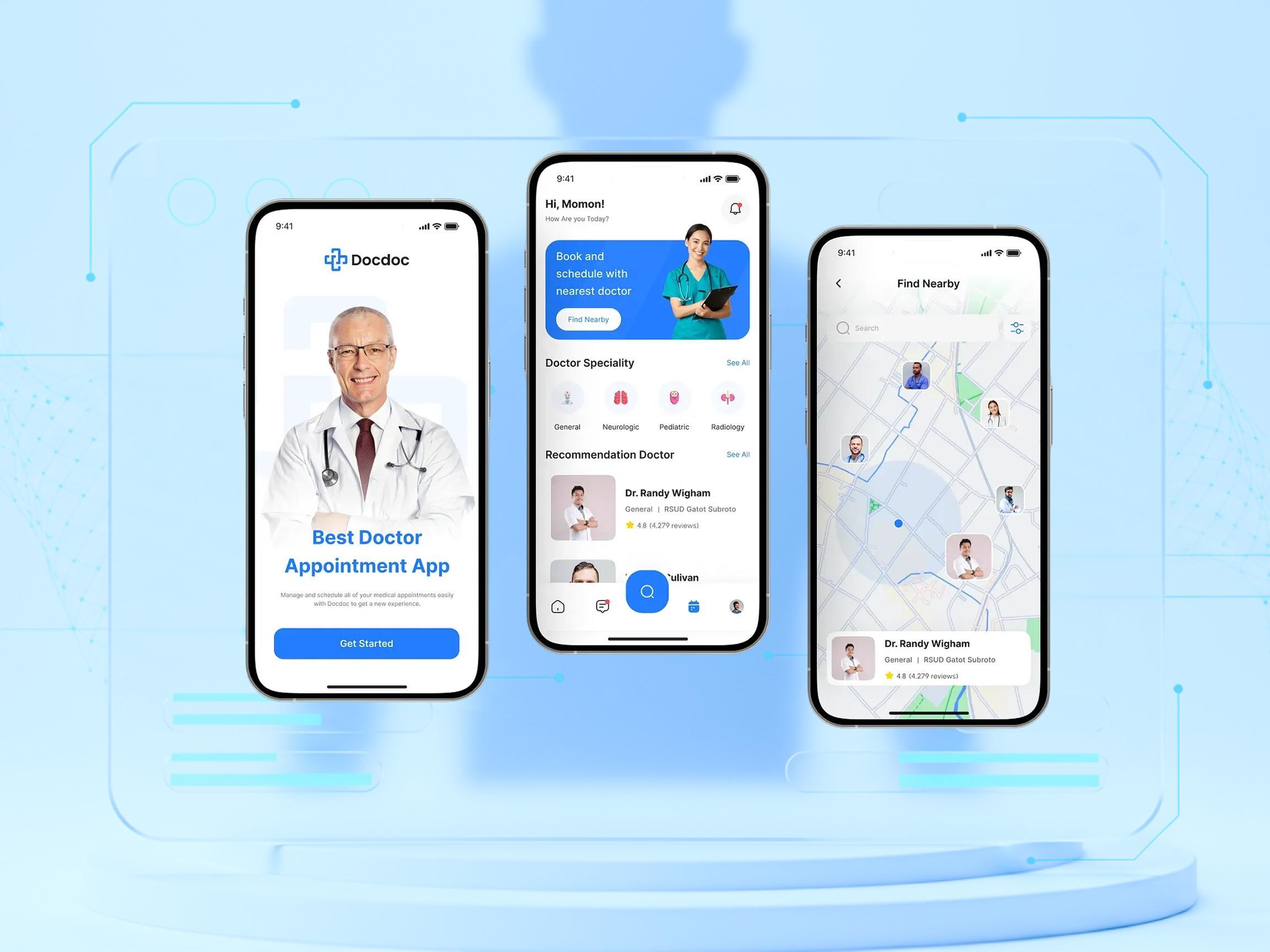
- Cloud Development
- Healthcare Software
- Web Development
Cloud Security in Healthcare: Five Strategies to Protect Your Data
Keeping patient data safe and preventing unauthorized access is vital, which puts cloud security in healthcare in the spotlight. Learn about its best practices with JetBase.
June 19, 2024 | Updated on November 24, 2025 | 8 min

Alex Padalka
CEO and Co-founder at JetBase
Table of Contents
- What is Cloud Security in Healthcare?
- Common Security Risks in Healthcare Cloud Computing
- How to Get Started with Cloud Security in Healthcare
- Advanced Security Technologies in Healthcare
- Factors Related to the Cost of Cloud Security in Healthcare
- Need Help with Cloud Security in Healthcare Products?
- Healthcare Cloud Security FAQs
- FAQ
Our Cases
Innovation isn’t just about ideas - it’s about execution, turning vision into reality, and creating solutions that truly make an impact. See what we’ve built and how it works:
- HealthCare
- Media & Entertainment
- eCommerce
- Amazon Web Services
- Cloud Cost Optimization
- Serverless Application
- Retail
- HealthCare
- Media & Entertainment
- eCommerce
- Amazon Web Services
- Cloud Cost Optimization
- Serverless Application
- Retail

